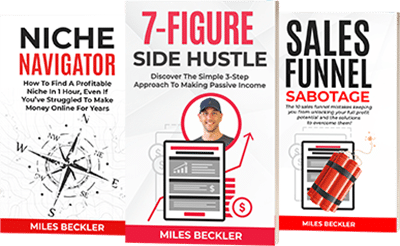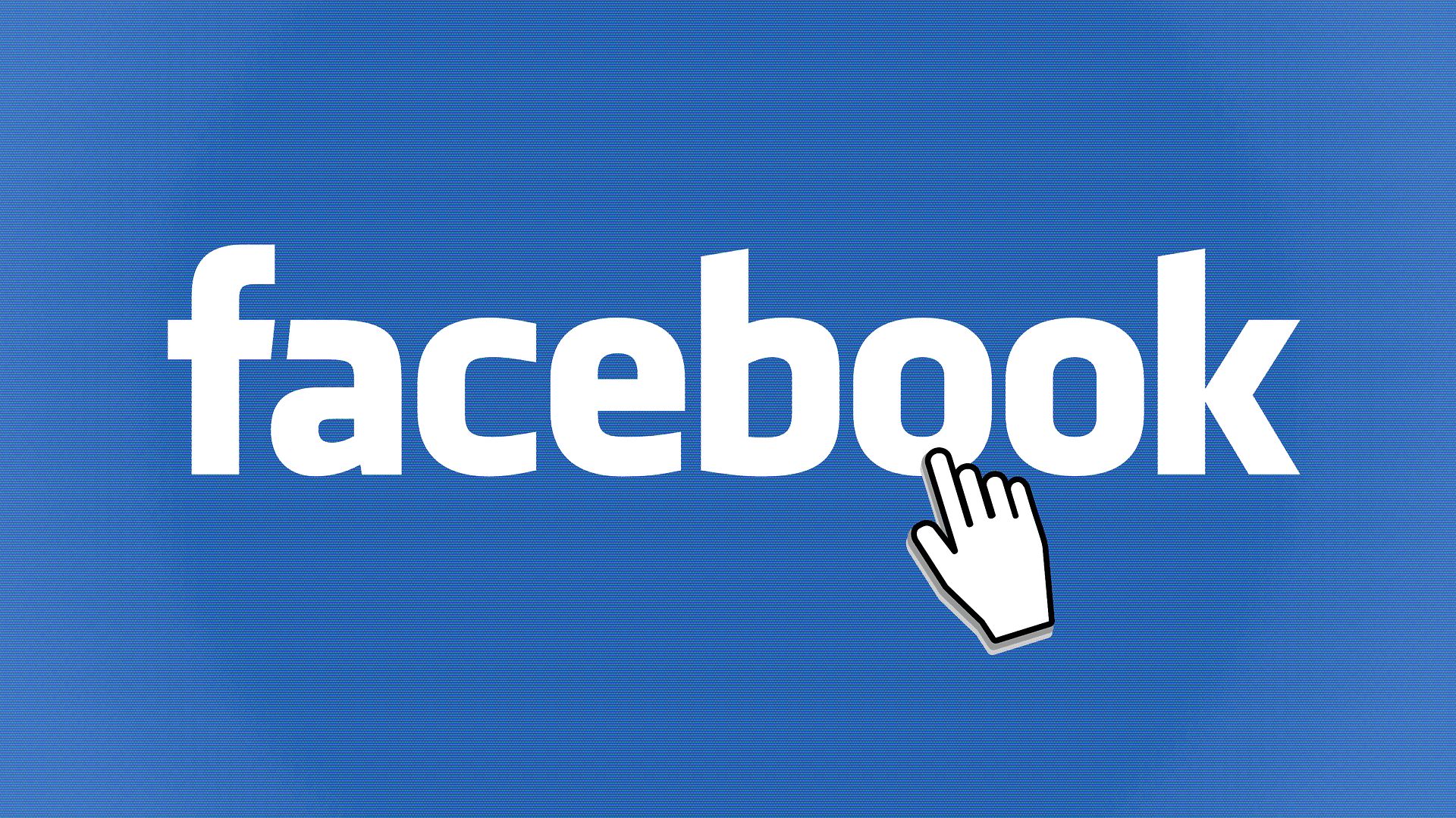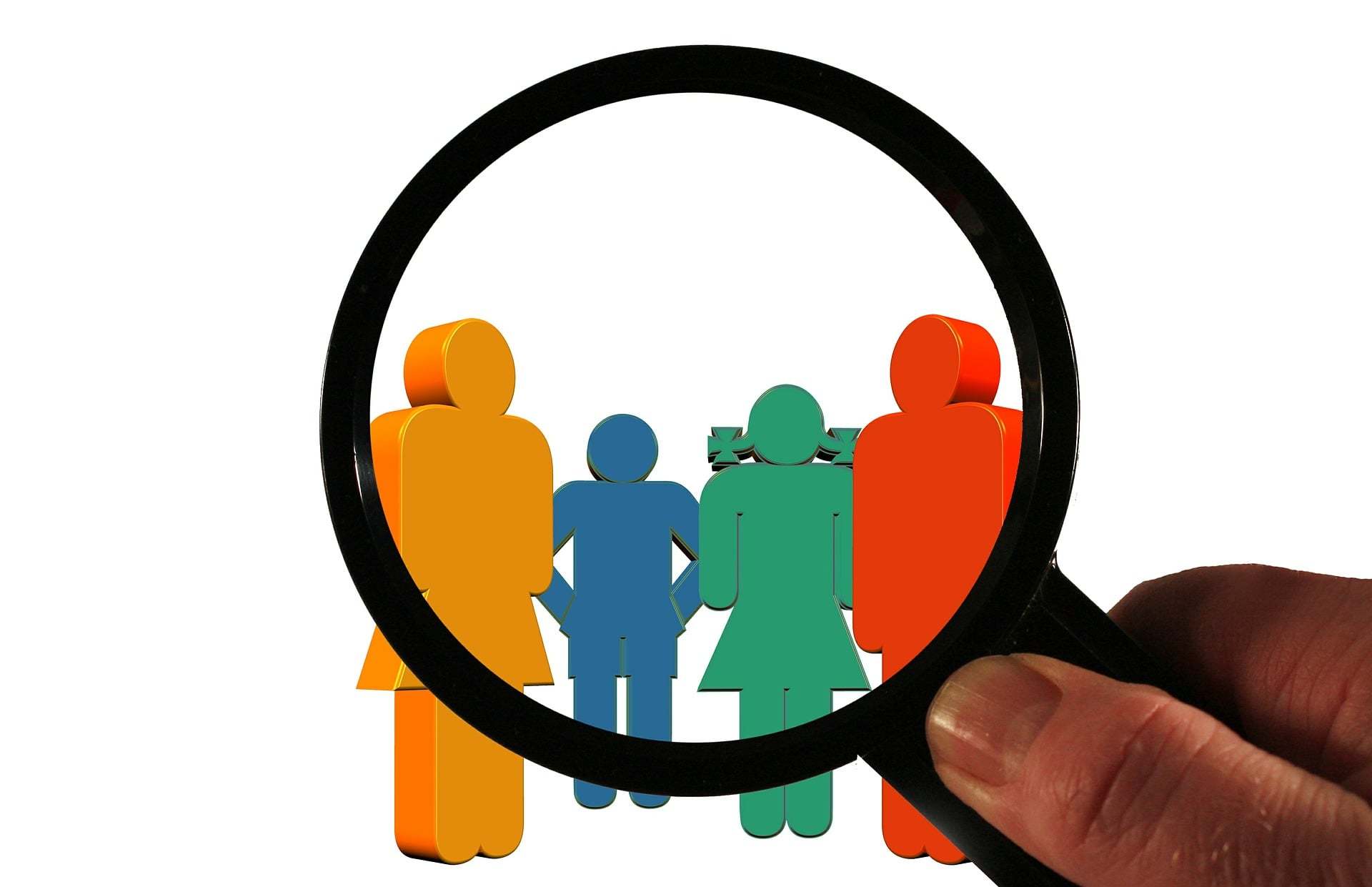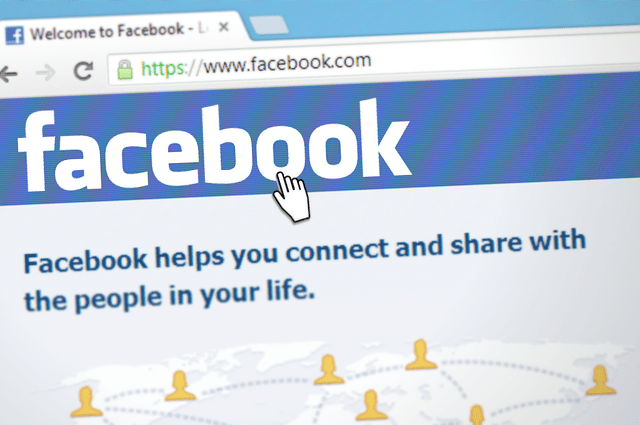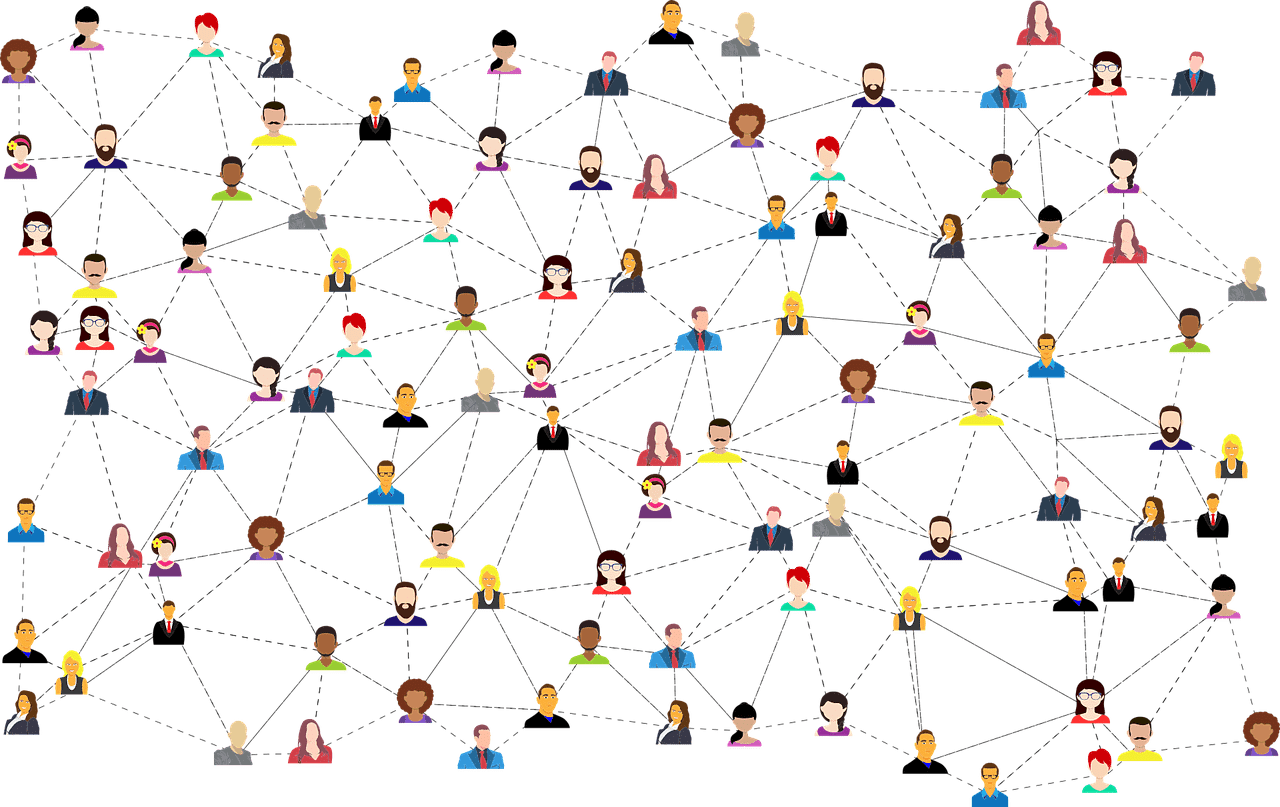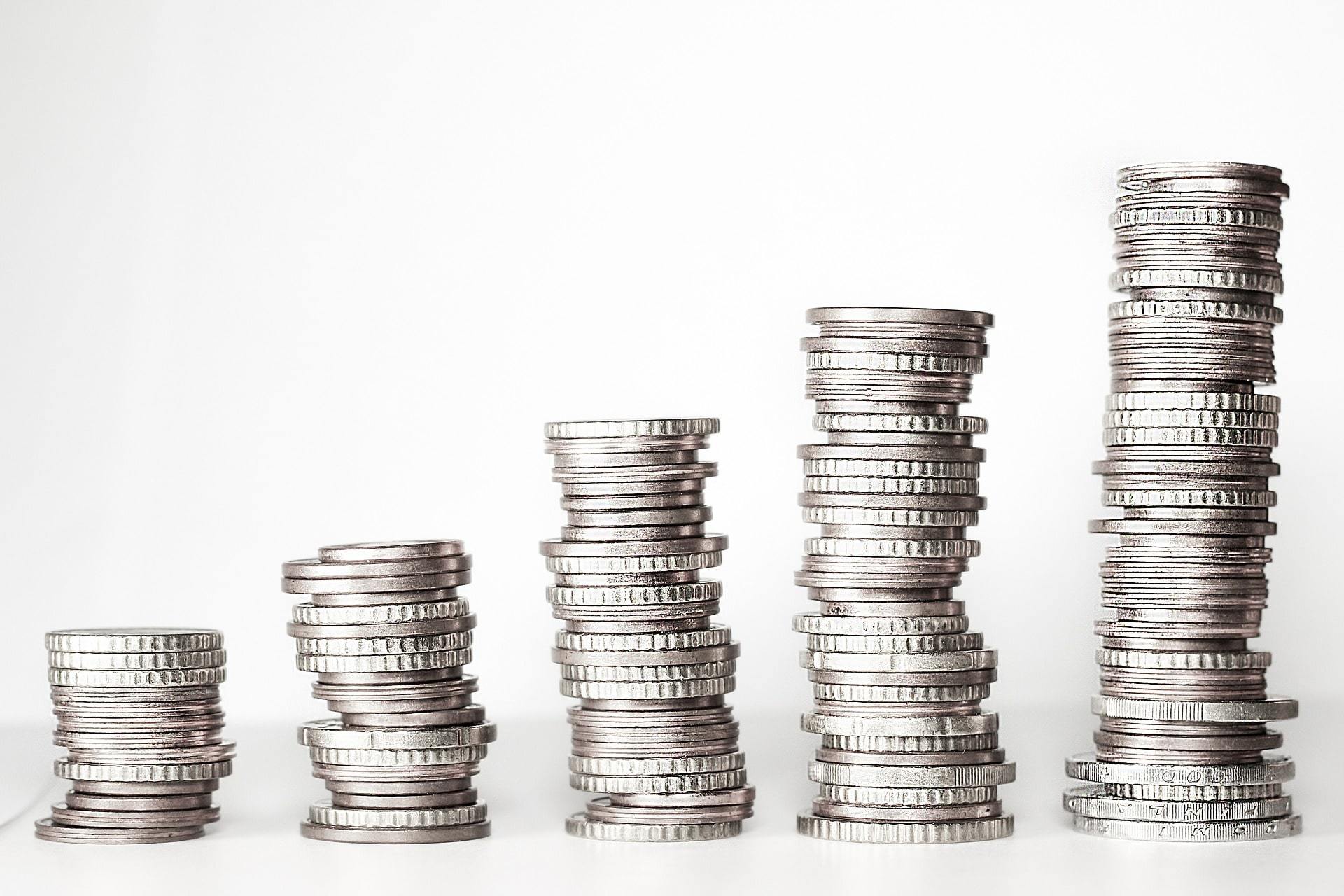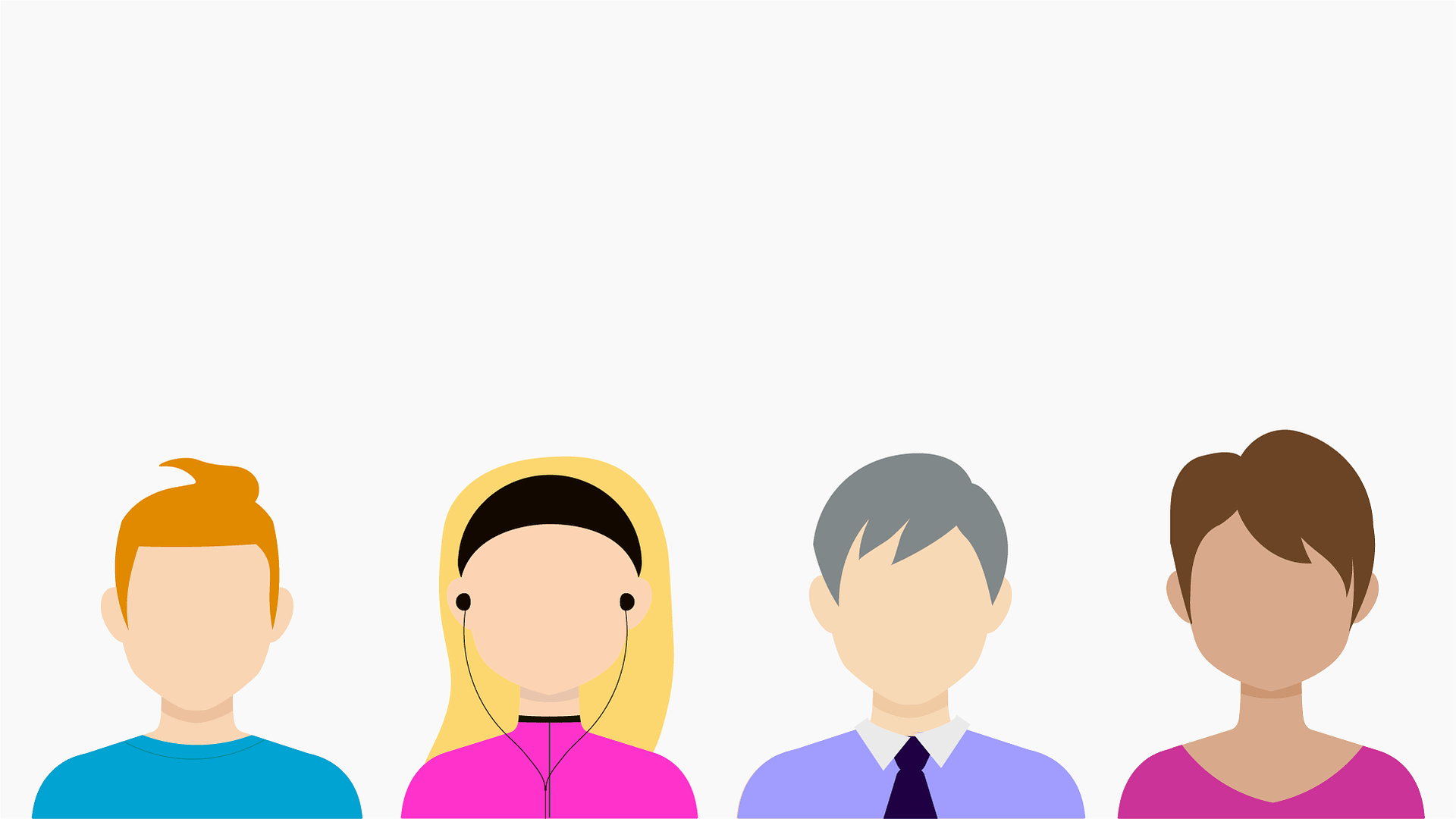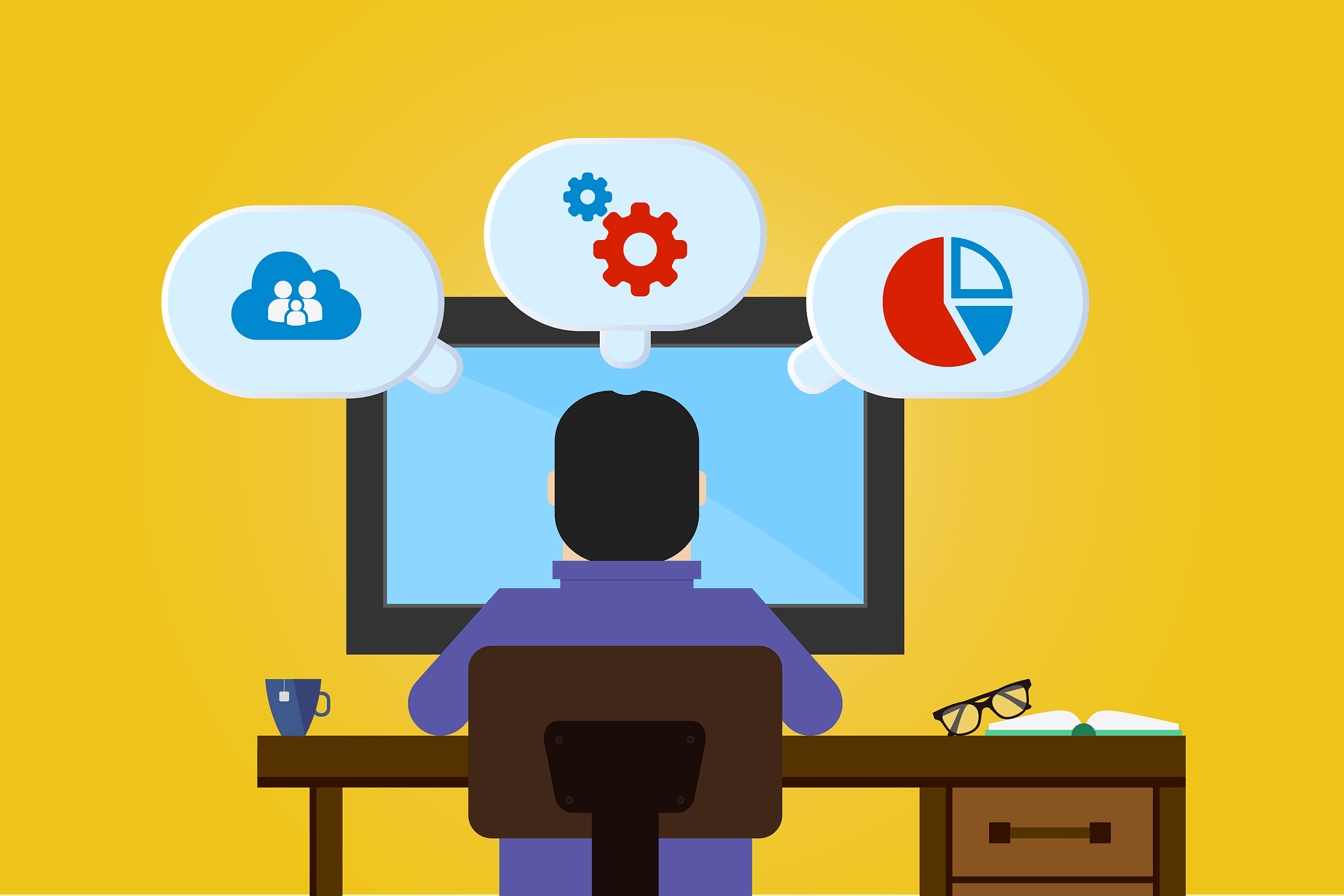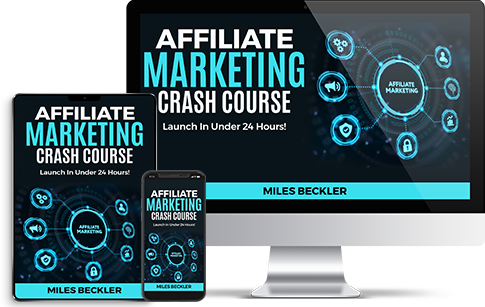In this post, you are going to learn the answer to the question “how much do Facebook ads cost?”
This is one of the most common questions I get concerning Facebook ads. And in this article, you’re going to learn the answer.
You’re also going to learn my number-one best rule for keeping things dialed in so that your Facebook ads keep earning you more and more revenue and profit on a consistent basis.
I’ve been at this a long time. And in this blog post, I’m going to crack the lid on the tips and tricks that I’ve learned.
You’re going to learn about the different variables involved, because there are a lot of them with Facebook advertising.
Facebook ad costs are based on an auction system. In addition to my ad spend, we are also going to take a look at a few different studies that have come out regarding the cost of Facebook advertising as well.
After you understand the goals and costs, I will show you how to get started with just $5.
Give you a complete picture!
So let’s take a look!
How Much Does it Cost to Advertise on Facebook?
The first thing to understand about Facebook ads is that the prices work like an auction.
So, if you are targeting the exact same people that I am trying to target, we are literally going to be bidding against each other.
And whoever is willing to spend more, that is where those impressions are going to go.
Obviously, the industries willing to spend more on Facebook ads are going to drive the prices up as well.
A typical yoga customer may spend $99 on a class… whereas a typical law firm client may be spending $10,000! So, we can see right away that law firms are probably paying more for advertising than yoga studios, driving that price up in their own targeted bidding war within their own industry.
But we also see that the prices change by date as well. Prices usually go way up around Black Friday, Cyber Monday, the Fourth Quarter, etc. These are prime advertising dates and times.
Factors that Affect Your Facebook Ad Cost
As we have already discussed, the industry and date can both affect how much you pay for Facebook costs. But those are not the only variables to consider.
The demographics of your target audience will also play a huge role. Age, gender, and even the time of day can have an impact on ad costs.
The important thing to wrap your mind around here is that there are many variables that factor into Facebook ad costs. This is why you cannot look at one ad, find out how much it is, and then hope to replicate it penny-for-penny.
I have had people see my ads on Facebook, and then ask me how much those ads cost. Well, in truth, it is not so simple. I could tell you how much that click or impression cost me… but I cannot tell you that your ad would cost the same!
Why? Because when you set up an ad campaign, you choose a range of different variables to help you ‘target’ your specific audience.
The age range of your audience, which gender you are targeting (or both), placement of your ad, location of your audience, season and time of day, and more.
Here are the top five that affect your cost.
1. Target Demographics
When you choose your target demographic, you will start competing in the ‘auction system’ of Facebook ads. But how do they know who you are bidding against?
Well, this all comes down to your targeted demographic. Who are you trying to target with your ads? This truly makes all the difference in the world.
From a marketing standpoint, it is crucial to understand who you are trying to reach with your Facebook ads. And the more specific you can get, the better!
One of my Facebook ad campaigns is literally focused on retargeting readers who visited my blog and left without buying anything!
But there are many ways to target potential customers. You will learn more about this as we go along.
Younger or Older Audience?
Age plays quite a large role in how much your ads will cost. What is the average age of your target customer?
Think about this carefully. If you choose too broadly, you will spend more money than you need to spend. This is why market research can be really helpful, even for smaller digital marketing businesses!
Men or Women?
Are you trying to target men, women, or both? This can also change the cost of your ad. And when this variable starts to blend in with age, those numbers can further change.
There are a lot of complex factors taken into account when Facebook calculates ad costs.
But the good news is that you can use their on-board tools to tweak the parameters of your ad in an attempt to get the best cost-per-click or cost-per-thousand-impressions possible.
The more you ‘niche down,’ the cheaper your ads usually get. But at the same time, these ads are also probably going to be targeting fewer people.
But… yet again… these people are hopefully the people in the world who are most likely to love what you are doing!
Interests of Your Audience (e.g. Oprah Vs. Unknown Personality)
What is your audience interested in? If you are a yoga studio, you obviously want audience members who are interested in yoga… so that is going to factor in as well.
It also depends on how popular, or mainstream, those specific interests are.
If you try to target people who like Oprah, who is a worldwide celebrity, you are going to be paying a much different rate than if you were to try to target people who like a local author, brand, or personality.
As a general rule, if you can get really specific with your targeting, and target fans of more ‘niche’ products and/or personalities, you can get a better deal because you are not competing for such a broad range of attention.
Learn step by step how to set up all of these targets with this step by step facebook advertising post.
2. News Feed Vs. Side Bar
Where do you want your ads placed? Do you want them in the news feed, or in the sidebar? This will also factor into the cost.
I personally only run news feed ads. There are other places where Facebook will try to run ads for you as well… though the placement and price-points are admittedly terrible on some of them.
News feed ads work very well for me. I’ve gotten great results with them. I feel like they show up naturally, and if you design them well they can really give you awesome conversion and impression rates.
But again, this really comes down to testing what works best for you.
3. Target Country
The target country also affects cost.
Are you targeting the big four? (Canada, UK, US, and Australia)
If so, this is going to drive up your cost more than if, for example, you were to only advertise in one of those countries, or in some smaller country that doesn’t have as much advertising competition.
Remember, Facebook is using an auction system. Their system is very efficiently designed to use a set of metrics to determine how valuable your ads are. So, ads that are being shown to the ‘big four’ are obviously going to cost more than ads that are just shown in smaller countries or single countries.
The good thing about this is that Facebook gives you the power to decide exactly who is going to see your ads.
The bad thing about it is that you have to get creative with your ad campaign parameters, or else you could end up spending FAR TOO MUCH MONEY on your ads!
4. Season and What Else is Going On
The season you are in will also absolutely affect the cost of the ad as well. Showing ads during the Christmas season will, for example, have a different cost than ads shown in the middle of the summer, etc.
Here’s a surprise I received after turning my ads off for a season, and a huge Facebook advertising lesson I learned from it!
One thing that you will want to keep tabs on are ‘holday-ish’ times of year. It generally costs more to get ads in the holiday shopping season than it would during other, ‘less significant’ times of the year.
It is really a constant game of tweaking, testing, and altering the campaign parameters to get the best CPC and CPM for your money.
5. Facebook Relevance Score
Facebook also monitors your advertisements to see what kind of affect they are having on your audience.
This factors into something called a ‘relevance score,’ and it is super important to the success of your advertisements.
This is a score ranging from 1 to 10, showing how the ad pertains to its intended viewers. It also takes into account how the ad is being perceived and interacted with by those who see it.
A higher relevance score will make your ads cheaper and give you better CPC, while an ad with a lower relevance score will struggle.
Are you giving users a positive or negative experience?
Is your advertisement creating a good experience for viewers, or a negative one?
If your viewers who see the ad are liking it and leaving a lot of positive feedback, then Facebook will interpret it as being ‘more valuable content.’
Whereas, if people leave angry faces or really burn your ad in the comments, Facebook picks up on that as well!
If you can get positive reactions from viewers, you can lower your facebook advertising cost… so that is really important!
Do people report you as spam, or like what you’re offering?
If people are reporting your ad as spam, leaving angry faces, or otherwise flaming your ad, then you will probably end up with a lower relevancy score. This means that you will be paying a higher rate than someone who is running a similar ad with a higher relevancy score.
This means that you have to be smart about how you are using your ads.
It is really important to keep things in perspective. Facebook is literally a SOCIAL media site. And yet, so many businesses are advertising and taking up space with gaudy, poorly-designed advertisements!
So make your ads different. Bring value to your audience, and do what you can to design ads that are actually going to help them solve their problems.
The more you help Facebook with their goal of making Facebook fun for visitors, the better your ad will do!
How’s your engagement rate with Facebook users?
Facebook’s goal is to keep more people looking at Facebook for as long as possible.
So they want to run ads that are going to actually appeal to their audience.
They want a positive user experience!
So you also need to look at your engagement rate. If viewers are liking your ad and leaving positive comments, your ad is going to have a higher relevancy score as well… because people will actually be responding to it.
Whereas, if people are just scrolling past it, that is going to affect it negatively.
Why Facebook Ad Cost is NEVER the Same for All
Facebook ads never cost the same for everyone because all of these variables will constantly be at play.
A lot of people get confused by this, actually… and think that there is a ‘one size fits all’ pricing system for ads on Facebook.
The truth is that Facebook ads range in price greatly, based on the criteria we have already discussed, and more.
Facebook is an Auction-Based Platform
The fact that users are bidding against each other for ads is part of what makes some ads more expensive. But it also does 2 more very interesting things. It…
- Rewards users who really niche-down their ads
- Rewards users for creating engaging ads that bring value to Facebook’s viewership
Taking this into account, it is pretty easy to see how Facebook has done a good job of structuring their ad system. And to be honest, they’ve also done a great job of providing a powerful alternative to traditional advertising.
Facebook Ads CPC Vs. Facebook Ads CPM
Next, we are going to be looking at a few different third-party studies that have been done on the cost of Facebook ads.
HootSuite, AdEspresso, Wordstream,Salesforce and more have all done studies and gathered data on this.
Some of these companies also offer tools to help advertisers with ads on Facebook.
I don’t necessarily use any of these tools, or even recommend them. But the studies that they’ve done on Facebook ads are actually really helpful. They have generated a lot of useful data, which helps us to gauge exactly what’s going on with some of the variables and factors that go into the cost of a Facebook ad.
And what is even better is that I can take this data and combine it with my own to find out where my costs are landing in comparison to the ‘average.’
I won’t get super technical with this, but you need to know the basic summary of what these reports are telling us.
CPC
CPC stands for ‘cost per click.’ This is a price that you pay for every click your ad gets.
The three different studies we are going to look at will return three different Facebook advertising costs.
For example, the average cost per click (CPC) for Facebook ads was $1.72, according to a WordStream Facebook advertising study.
This CPC is significantly higher than my numbers listed below.
CPM
CPM stands for ‘cost per thousand impressions.’ This is the price you would pay to have your ad seen a thousand times, even if the viewer is just scrolling past it.
In AdEsresso’s facebook cost study, the average CPM for all countries came in at $7.13, again very different than my numbers below.
If you are running an engagement or conversion campaign, you will generally be paying for ads based on this type of metric.
But both are useful to look at. I will explain why in a moment.
How Much Do I Spend on Facebook Ads for My Business?
As you doubtlessly know by now, there are a lot of variables to consider when figuring the price for Facebook ads. But for now, we are going to talk a bit about the averages, and about how these variables can affect the final cost.
Keep in mind that I’ve been doing this for years now. I’ve had time to really perfect this system and get it nailed down.
When you are first starting out, you may struggle to find the ‘sweet spot’ with your ad campaigns. If you keep studying up on it, commit to the process, trying things out, and split-testing, you will figure out how to get the best rates for the most interaction.
CPC
When I average out all of my ads, my average CPC is 17 cents.
CPM
Once again… averaging out all of my CPM prices, I pay an average of $15.32 per thousand impressions.
Metrics That Are More Critical Than CPC and CPM
When you factor all of these averages together, you still end up with some pretty low-cost advertising!
When you compare it to Google and other forms of ‘traditional’ advertising, you save a lot of money on it and can end up with an exceptionally powerful targeted ad campaign!
But with that being said, these prices have been climbing over time. I have also noticed that my ‘average’ costs vary a lot from the ‘averages’ reported by these studies.
I use the audience insights tool to do a lot of research into my ad campaigns. This is a research tool that can provide a lot of valuable information about your ad campaign and how your audience is interacting with it. I will talk more about that in a moment, though.
For now, let’s just focus on the numbers for a second.
Cost Per Lead
The first big difference between my average Facebook ad cost and the averages reported in the market studies is that my campaign averages 17 cents per click instead of $1.72. I also average about $15.32 per thousand impressions, instead of the average $7.13.
This means that I am actually paying more for impressions than is listed in the studies, but that I am also getting a much lower cost per click rate.
When you look closely at the way I utilize Facebook ads, you will find that the biggest reason for this is in my copywriting. My copywriting is simply more engaging than the examples used in the studies, so my CPC is much lower.
Copywriting is Key for Reducing Facebook Ad Expense!
I’ve been a student of copywriting for years, and I can absolutely tell you that awesome copywriting, when combined with split-testing, is a tool that will always lower your costs and increase your click-through rates.
Over the course of the 10 years that I’ve been running my business, I have really gotten to a point where I understand how to give my audience what they are looking for. And my offers are a reflection of that.
I’ve got a market message that is really appealing to them. And that, in turn, is working really well for me.
But it comes from practice. It has come through literal years of trial, error, split testing, and reading the top copywriting books of our time!
I also retarget people who have been to my website, who left without signing up for anything. I target lookalike audiences… which are basically audiences who are into other people who are pretty much doing the same thing I’m doing.
I target people with specific interests who may be interested in what I have to offer.
I also target my email list a lot… and of course, all of these different ‘targets’ have different prices. Every different ad is going to have a different price.
So, for example, I got over 1600 clicks this year at one penny each! That was the cheapest ad I ran, and I got a great deal on it.
But then, on the other side of the coin, I’ve also paid 87 cents per click for ads as well, at the most expensive end of that spectrum.
Where CPM is concerned, my range is also quite varied. I have paid as little as $3 per thousand impressions, and as much as $66.
But this still all leads us to two vital numbers that you really NEED to be keeping track of.
These are…
- Cost per lead
- Cost per new customer acquisition
Knowing exactly how much it costs to generate a new lead is really, really important for fine-tuning your ad strategy.
Cost Per New Customer Acquisition
Knowing how much it costs to bring in a new customer is paramount to understanding how to set up better Facebook ad campaigns.
I am at a point where I know that when I spend $100 on Facebook ads, those ads are going to be sending traffic through my funnels that will not only earn me back my $100 by signing readers up for offers, but that they will also give me all kinds of leads that will make them more than worth the time and money to run.
These leads go on to generate an even bigger profit as the new customers buy products. In the meanwhile, I dump that $100 I earned on the front side right back into advertising… and everything snowballs.
But if you remember, I told you that I was going to give you my number-one rule to dialing this all in and making it work.
Let’s talk about that next.
The Secret is in Dialing in a Few Things to Make It Work…
This is pretty much how I’ve done it. I have spent hundreds of thousands of dollars on Facebook ads over the years, and have generated hundreds upon hundreds of thousands of leads to show for it.
That’s the big story. That’s what I’ve shown you in this article.
I’ve really cracked the lid open on this one, to show all of you how much my Facebook ads cost and why they cost what they cost.
So when going back to the initial question of ‘how much do Facebook ads cost,’ It is important that you understand that the final answer is affected by a variety of factors.
I always recommend that you start by doing four or five ad sets that cost about $5 a day. This gets you running Facebook ads for $20 to $30 a day, which isn’t a huge risk. That’s less than $1,000 a month.
That is a decent amount to spend to start trying things out. It can get you a lot of activity, it can get you a lot of impressions, and it will also allow you to do some split testing to see which ads are performing the best.
You can split test your calls to action, your headlines, your copywriting, your offers, etc.
Because at the end of the day, that is actually the biggest rule to understand. No two Facebook ad campaigns are the same! You NEED to split test to find out what is actually going to work for you!
You also need to test your metrics and switch things around to get the most value out of your ads for the cost.
Once you dial in an offer, start building an audience, and start providing messaging that really works and converts, you then scale your campaign while continuing to monitor your cost per lead and cost per new customer.
A $5 Facebook Ad Strategy that Works?
You don’t even have to spend a ton of money to be successful with Facebook ads.
One of the greatest things about this game right now is that even small-time marketers can use it to great effect!
I am literally a case study on this. I use Facebook ads for very specific purposes. But they are SO powerful. I really love how much power Facebook gives you over your advertisements.
In this post I walk you through how to set up your ad campaign using only a $5 budget and the Facebook ad strategy you can scale fast.
It is really unlike anything else that has ever been done on social media before
Special Tools I Use to Do Research for my Facebook Ad Costs
How the Audience Insights Tool Works
The Audience Insights Tool is awesome for doing research for Facebook ad costs. I actually filmed a video about this that can help you to understand how to use it.
But it is by far one of the best tools out there for figuring out how to tweak those ad costs and get them in the right place.
Niche Down to Stand Out
Keep in mind that if you target what everyone else is trying to target, you are going to be competing with them… and that will drive the price up.
So instead, you want to niche-down and target a more narrow demographic of people who will be super excited about what you are doing.
Avoid the trap of feeling like ‘everyone’ needs to see your ad! Your ad only needs to be seen by the select few people who would very specifically have a vested interest in what you are offering!
“Free” Organic Marketing vs Advertising on Facebook
Keep in mind that paid Facebook ads are not the only ‘row to hoe’ on Facebook! You can also use organic marketing and build a firm foundation for your business online that doesn’t rely on a paid ad system.
Facebook ads are great right now. But there may come a day when small-time digital marketers won’t make money with them anymore.
To avoid having a breakdown in your business when this happens, it is important to understand how to use organic marketing as an alternative to Facebook ads to build yourself as an authority online.
Conclusion
Well, now you know exactly how much my Facebook ads cost. You also know that no two ad campaigns are going to cost the same, and that there are many variables that factor into pricing.
If you are just starting out, don’t be afraid to take this information and run with it. Start running some ads of your own and see what you end up with.
Right now, it is awesome that you can take $5 and get some serious traffic online through Facebook ads. And if you can get all of these fundamental pieces in play the right way, and target your ads using more focused criteria and fewer big-name interests, you may actually be able to drive your ad cost down while increasing your traffic and impressions at the same time!
So give it a try, and DO NOT forget to split test!
Drop me a comment if you have a question. Have you tried any Facebook strategies that have worked particularly well for you? If so, let me know in the comments!
See you on the next one!

